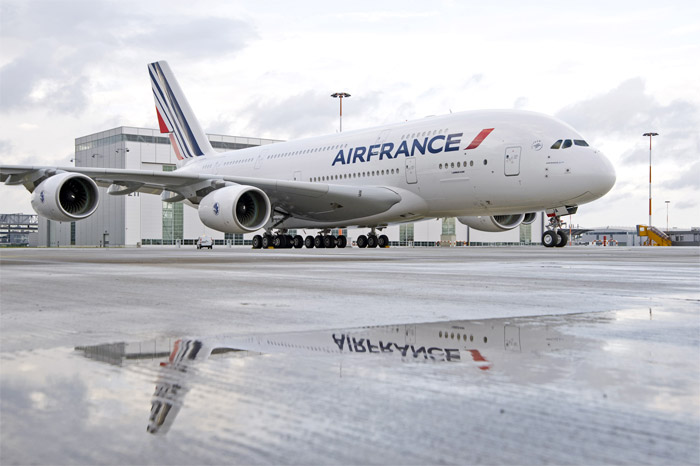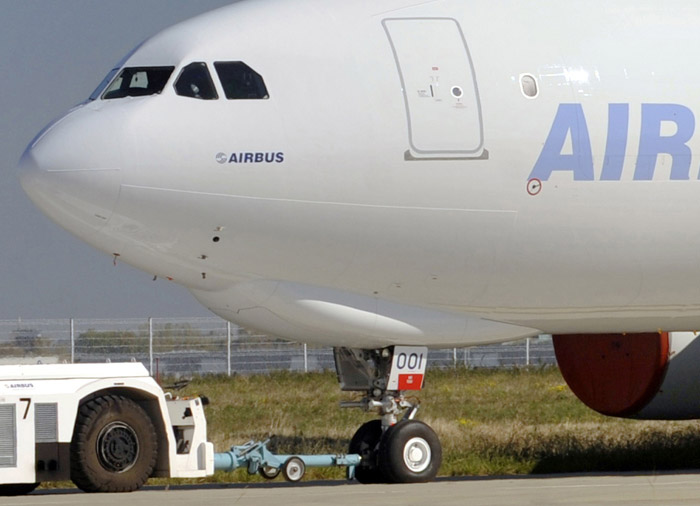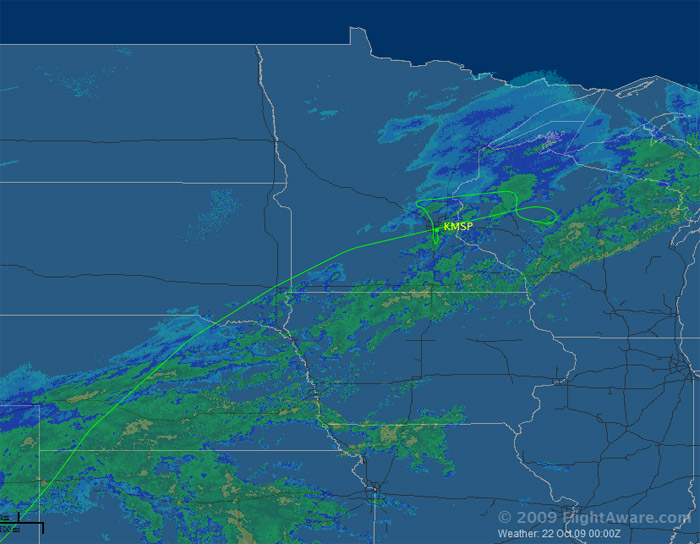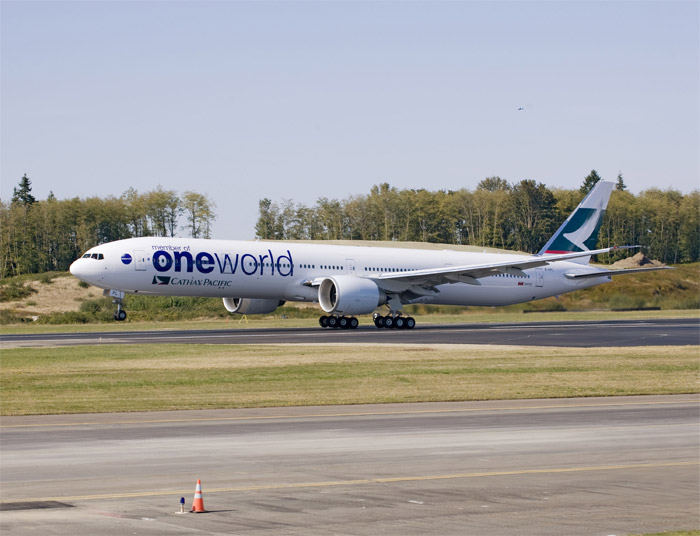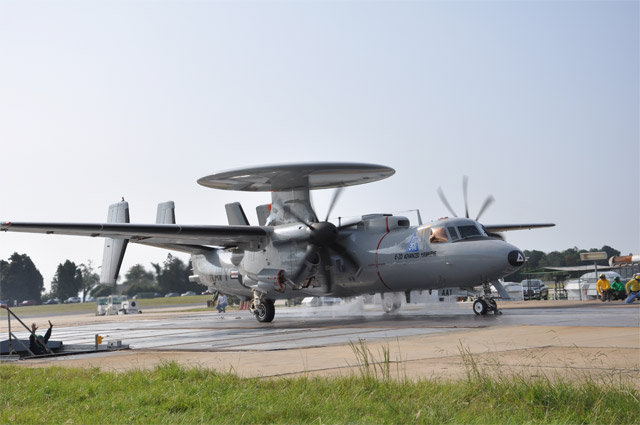The EADS A330 Multi-Role Tanker Transport (MRTT) – currently in production for four allied nations – marked another major performance milestone with the first in-flight refueling performed from the Royal Australian Air Force (RAAF) A330 MRTT utilizing its integrated Aerial Refueling Boom System (ARBS).
The contacts and subsequent fuel transfers were made with two F-16 receiver aircraft and validated the advanced ARBS handling qualities, precision, and stability on the A330 MRTT, as well as the capabilities of its 3-D vision system. The flight lasted four hours and 30 minutes, with more than 3,300 pounds of fuel transferred during 13 contacts.
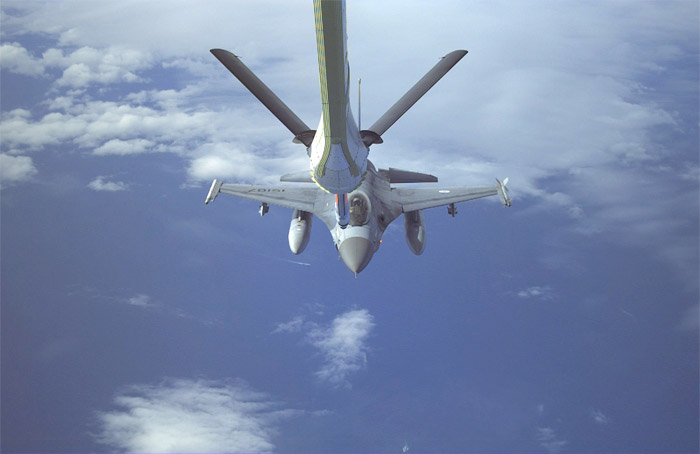
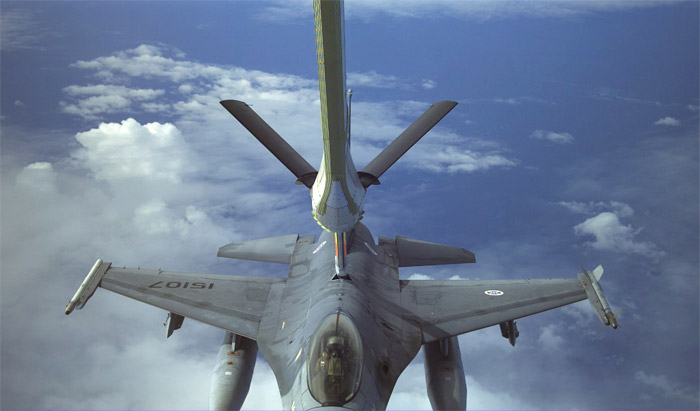
EADS’ fly-by-wire ARBS is one of the key technological discriminators for the A330 MRTT and Northrop Grumman’s KC-45 offering to the U.S. Air Force, providing the only digital, all-electric fly-by-wire refueling system available today.
The ARBS has already made more than 250 wet and dry contacts with a wide range of receiver aircraft, in a full range of operating conditions and throughout the flight envelope, while the boom was deployed on an EADS test-bed aircraft.
The RAAF’s A330 MRTT is similar in configuration to Northrop Grumman’s KC-45 Tanker offered for the U.S. Air Force to recapitalize its aging aerial refueling fleet. Both aircraft are equipped with the EADS ARBS, plus a pair of all-digital Cobham 905E refueling pods under the wings. This mix of boom and pod refueling technologies ensures the A330 MRTT and KC-45 can transfer fuel to all types of receiver aircraft during a single mission without reconfiguration. The KC-45 also offers a centerline hose-and-drogue fuselage refueling unit.
The boom’s maximum nominal fuel flow rate is 1,200 U.S. gallons per minute, while the pods can deliver up to 420 gallons of fuel per minute. Aerial refueling operations are controlled from a state-of-the-art Remote Aerial Refueling Operator console in the cockpit behind the pilots, incorporating the enhanced vision system with laser infrared lighting and high-definition digital stereoscopic viewing.
EADS North America is a principal teammate on Northrop Grumman’s KC-45 Tanker program, and is responsible for delivering the aircraft platform, which will be produced at a new aerospace center of excellence to be built in Mobile, Ala.
Airbus Military, an EADS company, is responsible for the design and production of the A330 Multi-Role Tanker Transport for international customers, which today includes Australia, the United Kingdom, Saudi Arabia and the United Arab Emirates. Orders from those countries total 28 aircraft. The A330 MRTT has won all of the international competitions for new-generation aerial tankers since 2004.
The RAAF will receive its first of five A330 MRTTs in 2010, two of which have completed conversion and currently are in flight test. Upon delivery to the RAAF, they will be designated the KC-30A.
Source: EADS
Photos: EADS

